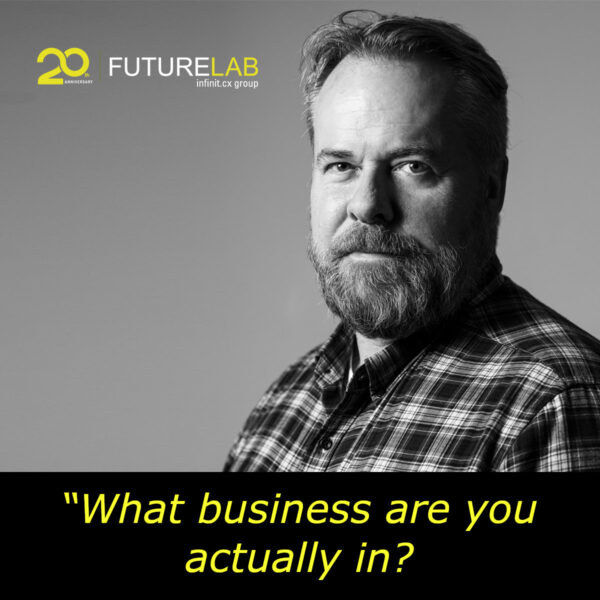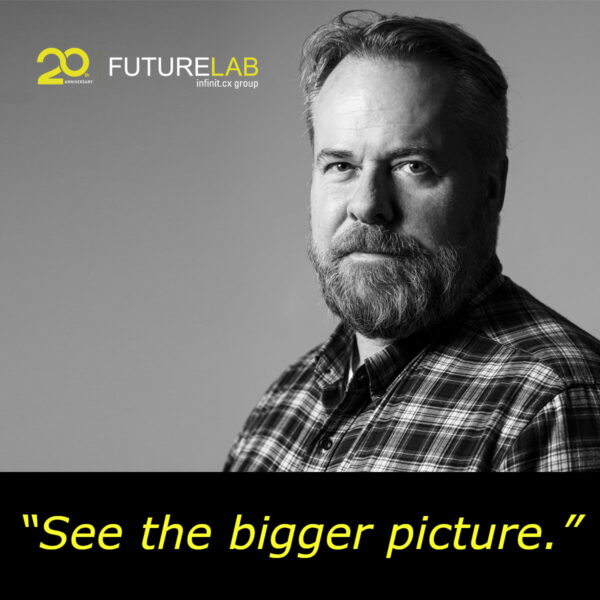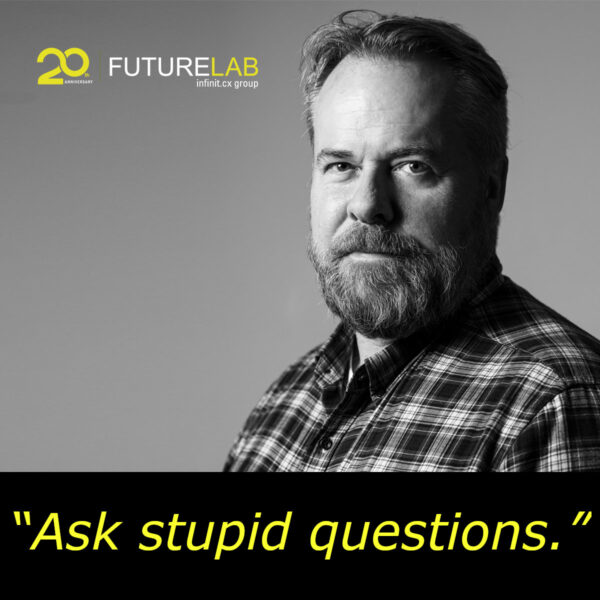The Harvard Design Thinking Seminar was a great one. High quality participants and great turn out with beautiful New York City spring weather. Lunch on the rooftop is way better than a banquet room or a faculty’s dining hall. No place on earth can beat the view of New York City. So much energy and creativity.
Many participants came all the way from China, Argentina, Mexico and Korea. Thinking of the next one outside US, perhaps somewhere Europe and Asia?
Growth is a funny word and often misunderstood just like other words such as strategy or innovation. I have heard it from people from 25 year old young smart people to 45 year old seasoned executives, and often they struggle with the idea of growth. Why do we need to relentlessly achieve growth and what does growth mean?
Growth is often perceived as a proactive (not defensive) strategy, as the Red Queen says in Lewis Carroll’s Through the Looking Glass, “Here it takes all the running you can do to keep in the same place. If you want to get somewhere else, you must run at least twice as fast as that!” We’re at a point when you can’t run faster anymore and is close to the physical limit of how fast we can run. Both organizations and even economies. We need to develop our talent pool to match the economy of the future and harness the full capabilities of our human capital and technological progress and to reverse the damage we’ve done to the environment. Now it’s time to reinvent the wheels.
Growth is perhaps the most important word on CEOs’ minds, small companies or large enterprises. Small firms want to get big and big firms want to get bigger. Scale brings resources, market power, improving employees’ standard of living and it gives you currency to acquire. Today, quality growth is hard to come by, and responsible growth is more difficult. Every company needs a grow strategy or you are waiting to die to be acquired or planning to exit. It is like swimming upstream a river, there is nothing call stay put. Either you swim to go upstream or get washed down the river.
Philip Crosby, author of The Eternally Successful Organization says that growth is unavoidable, “if for no other reason than to accommodate the increased expenses that develop over the years. Inflation also raises the cost of everything, and retaliatory price increases are not always possible. Salaries rise as employees gain seniority. The costs of benefits rises because of their very structure, and it is difficult to take any back. Therefore cost eliminations and profit improvement must be conducted on a continuing basis, and the revenues of the organization must continue to increase in order to broaden the base.” When a person asks you ‘why do we need to grow’, ask him or her whether he or she is preparing not to have any promotion, personal development and increase in income and responsibility for the next 10 years. If a company stops growing, there won’t be opportunities for everyone. Period.
The challenges are 1/ How to grow responsibly? 2/ How to grow purposefully? 3/ How to ensure your growth is sustainable? That’s where design thinking comes into play. Design thinking can help create a compelling story of the future, anchored on the needs of customers (and societies) and bring a future orientation on strategy development and an empathetic manner to how a company thinks about its customers. Through storytelling, we can unveil the aspirations and natural inclinations of an organization and we can get a sense of what feels right. The story of a company is what can truly determine its value, and the right story will always be more substantial than the right strategy. This is primarily because strategies are susceptible to the ingenuity of competitors, disruptive industry shifts and bad luck, while stories are impervious.
Spreadsheets and power points don’t tell stories. The Design Thinking approach believes that stories are fantastically useful in their ability to bring people onto the same page (unify attention), organize information and present it in an efficient and easy to access manner. Stories help organizational stakeholders access and understand the logic, reasons, motives and intent that surround a potential vision or context for growth. Stories can help reveal the choices presented to an organization, its possible behaviors, courses of action and their potential outcomes. Perhaps most importantly though, stories significantly improve cognition and comprehension. A well-crafted story or narrative can help make contexts and strategies for growth more accessible so they can be questioned, debated, shared and recounted.
So what’s your growth story? Not only your company needs one. America needs one. And every country needs one too. Design Thinking can help governments and cities to rethink growth and development which mostly comes from productivity growth, which reflects multiple factors — but the biggest factor is technology. Yes, technology is the key driver of growth.
Indeed, the dominant role of technological development in economic growth has been well-documented ever since Nobel Laureate Robert Solow published his seminal paper in 1956, “The Economic Record,” which demonstrated that technological progress drove at least 80% of economic growth in the United States between 1909 to 1949. That’s why I have faith in the US economy because the US is still the most technologically advanced country in the world. At least for now.
Original Post: http://mootee.typepad.com/innovation_playground/2011/05/design-thinking-and-growth-whats-the-connection.html




